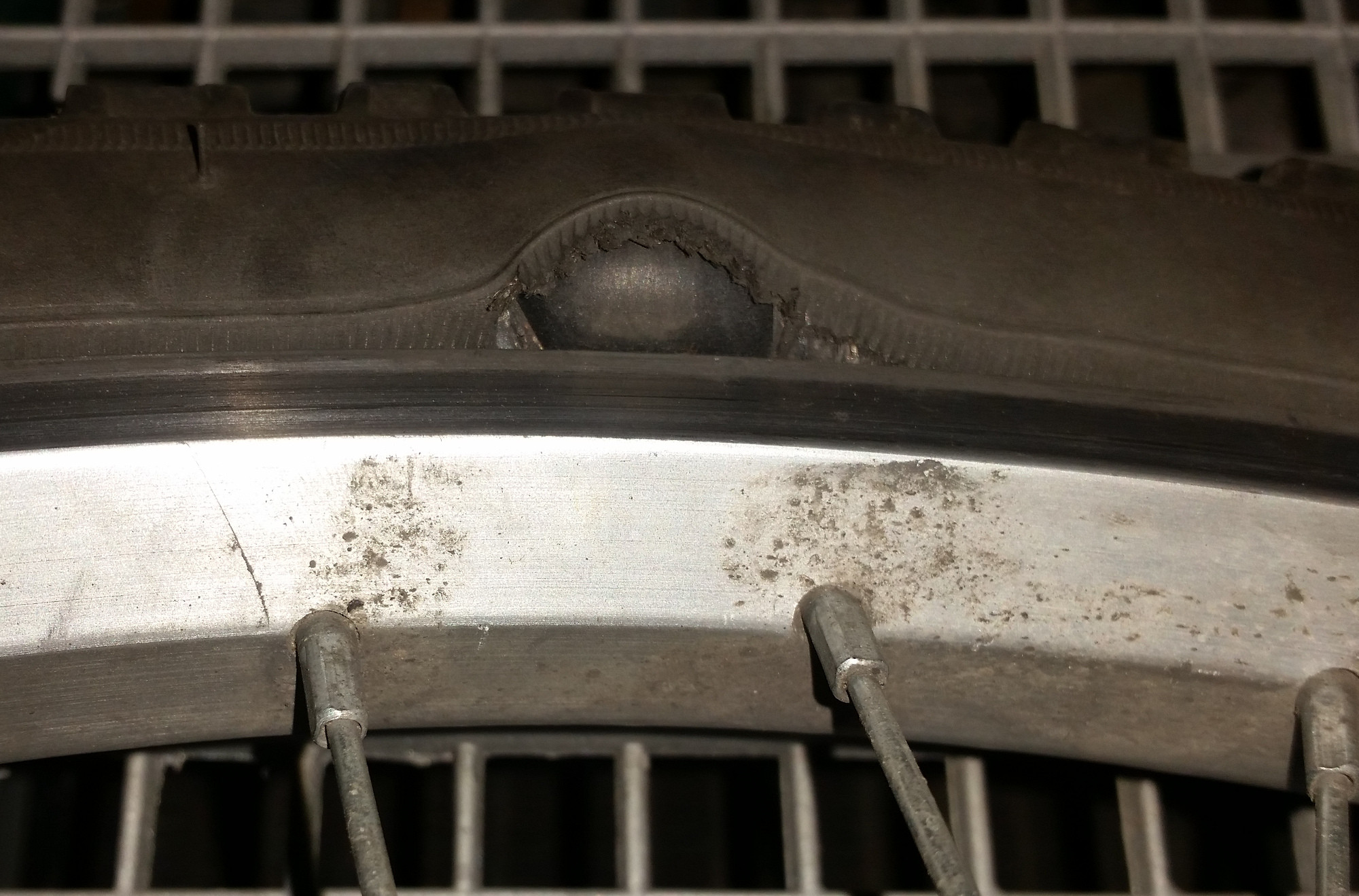Potts Mod
This is a brake cable layout design done primarily on BMX bikes, combined with a Detangler that allows the front wheel and handlebars to spin 360 degrees without getting stopped by wires and cables.
This dates from the 80s, and was originally done by Steve Potts, hence the name.
Since BMXs are mostly singlespeed, there are no gear cables involved.
Instead, the front brake cable outer runs down through the hollow steerer tube of the fork and therefore through the headset bearings.

White outer cable passing through a hole in the top of a BMX stem. Look closely and you can see the hole is through the middle of the stem bolt, which has an external hex drive instead of an internal one, and so has to be exposed and not recessed. The quill stem bold goes down inside the steerer tube and the access hole goes right through, so the bolt needs to be sufficiently strong despite being hollow.

Same outer cable drops out the bottom of the fork crown, just above the tyre, and is well-secured to one fork-leg.

Lastly, the cable loops back up to the front brake. Yes, this cable is excessively long and risks catching on things, but I intend on redoing it with black outer which is harder to photograph.
You would generally find this done with U brakes as pictured, or traditional caliper brakes rearranged to have the cable enter from below, not above.
A race BMX would not need this - instead it would be a Freestyle or Trick BMX used for stunts or performances. This bike is also equipped with Foot-Pegs and a Detangler
Note these photos show a Diamondback BMX that has these features built into the design from new. This change was originally a literal modification, and was the only change needed to allow for barspins, when the bikes have a coaster/backpedal brake.
Downside: The downward loop of outer cable holds moisture and will rust out faster than normal. Ideally your brake cable would have an exit at the lowest point and could not hold water for long periods.
Links: https://bmxmuseum.com/forums/viewtopic.php?id=56527
















